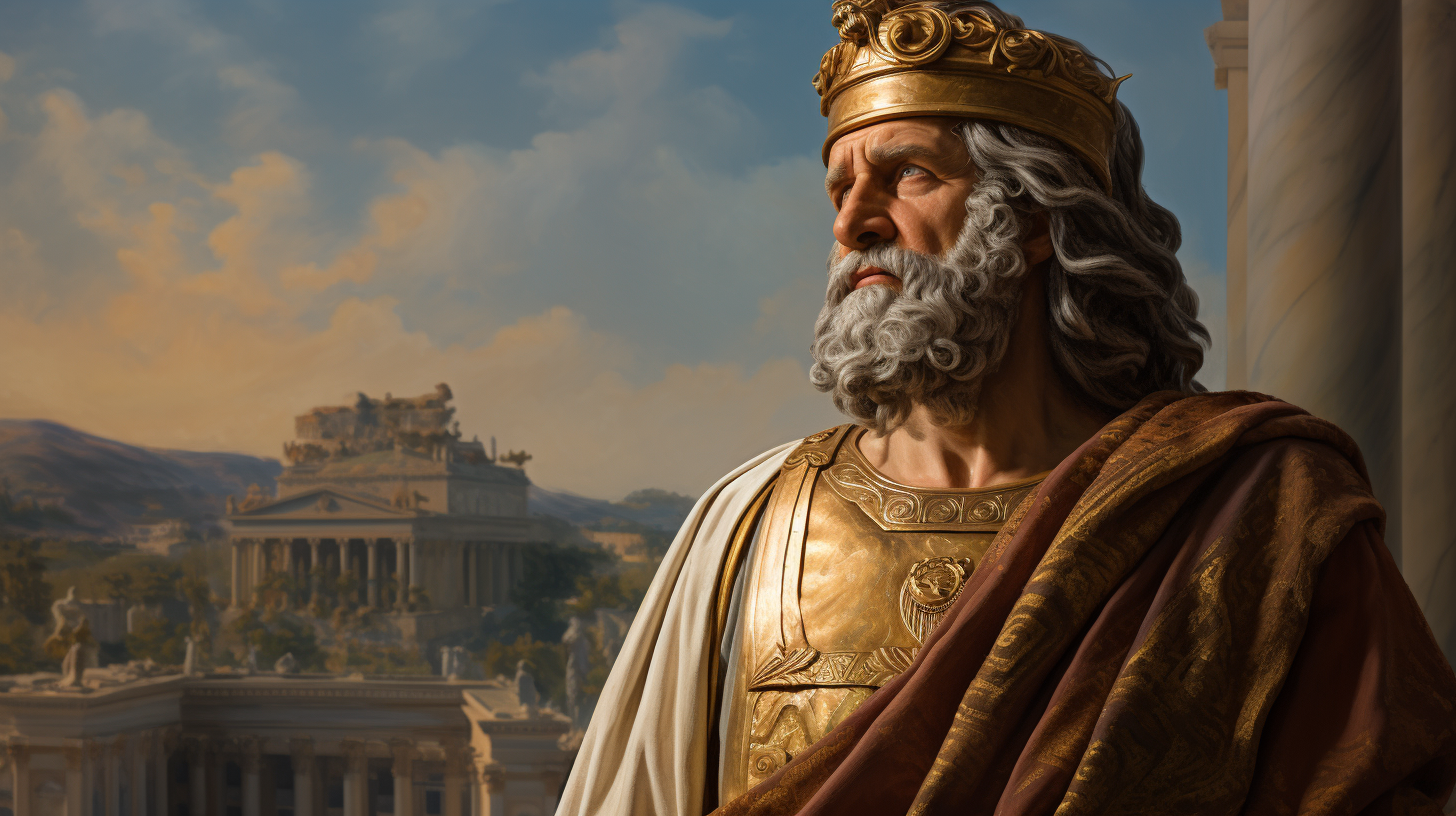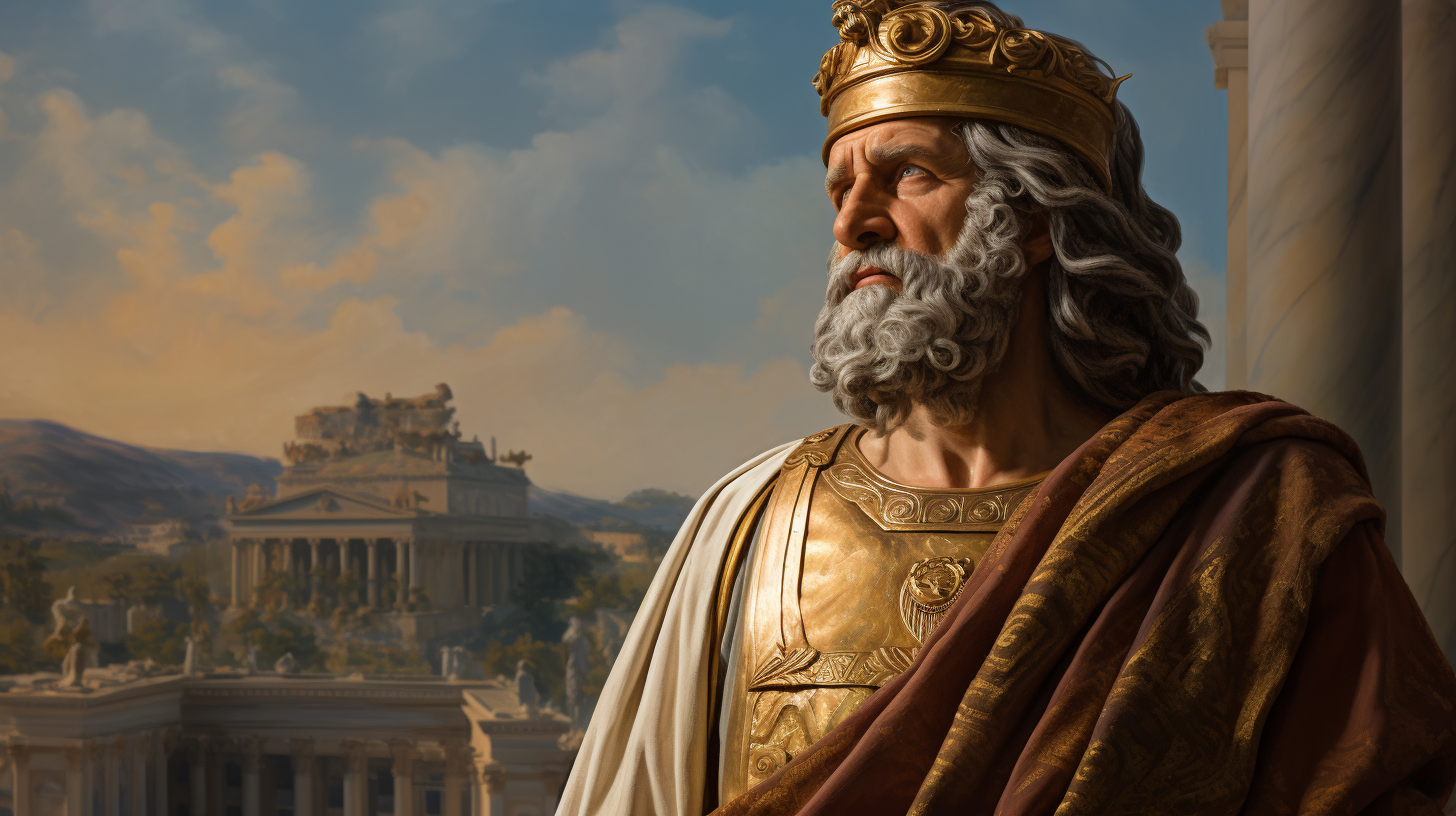
Crossroads of Cultures: The Rise and Legacy of the Greco-Bactrian Kingdom

The Bactrian Empire, once a cradle of ancient civilization, has a history immersed in cultural richness and geopolitical significance. Originating in the region of Bactria, located in modern-day northern Afghanistan, this empire was an intersection of different cultures and traditions, contributing significantly to the tapestry of Central Asian history in particular and human history in general.
The Bactrian Empire emerged around the 3rd century BC. Initially, it was a part of the Achaemenid Empire, then it gained prominence under the rule of Darius I. But its true ascent began after Alexander the Great's conquest of the Persian Empire. Following Alexander's death, Bactria became a part of the Seleucid Empire, but soon gained independence under Diodotus I. This was the beginning of the Greco-Bactrian Kingdom, which was an exquisite blend of Greek and Central Asian cultures.
Bactria was a crossroads of cultures, thanks to its strategic location along the Silk Road. It was here that Greek art and philosophy converged with Eastern spirituality and traditions, giving birth to a unique cultural synthesis. The Bactrian language, which was an offshoot of Middle Iranian, was widely spoken. It was around this time that Buddhism began to flourish alongside Zoroastrianism and Greek paganism. The art of the region, Greco-Buddhist art being the most prominent, is a testament to this cultural fusion.
As aforementioned, one of the most significant contributions of the Bactrian Empire was its role in the dissemination of Buddhism. Buddhist monks from Bactria traveled to China, leading to the introduction of Buddhist teachings there. The empire also played a significant role in opening trade routes, connecting East and West. Bactrian coins, with their Greek designs along with Indian and Buddhist symbols, is an illustration of the empire's economic and cultural diversity.
As is the case with many empires' fates, the Bactrian Empire began to decline due to internal strife and external pressures, particularly from nomadic invasions, and by the 1st century BC, it had fragmented into several small kingdoms. Nonetheless, its legacy endured. The cultural and religious impact of Bactrian Empire can be seen in the succeeding Kushan Empire and beyond. The Silk Road continued to be a vital trade route, shaping civilizations for centuries.
Though often overshadowed by its contemporaries, the Bactrian Empire was a remarkable civilization albeit in its short life span in terms of empires. Its blending of cultures and ideologies and its role in spreading Buddhism goes a long way in world history. The empire's legacy, particularly in art and religion, offers insights into the rich tapestry of human cultural evolution.
